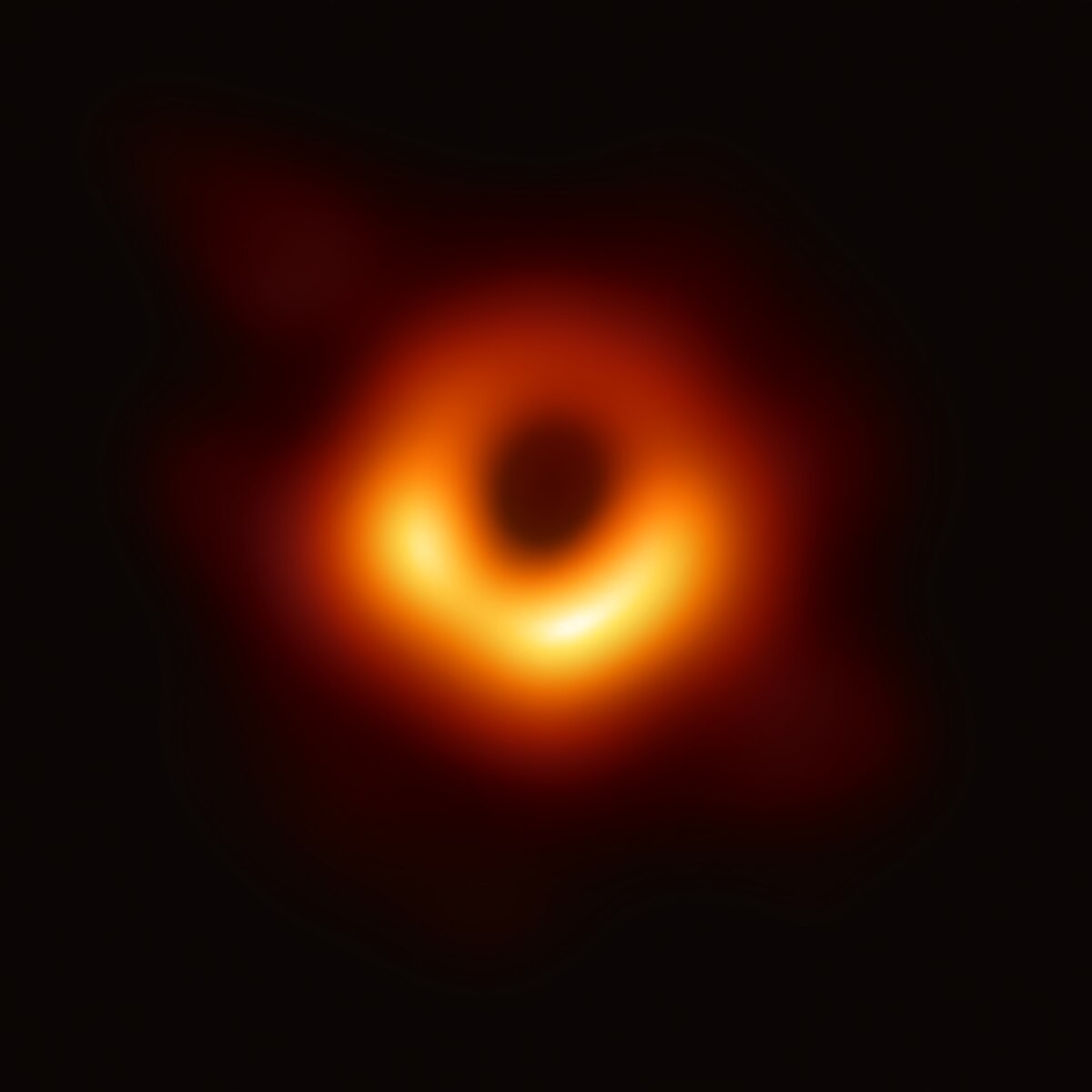Dividing a number by zero yields what's known as a mathematical singularity. The result of such a division is not infinite, but undefined. In the context of the real world, the result doesn't exist.
Any theoretical formula about the real world will therefore have to omit any singularities that may arise. One would have to put limits on the proposed formula. Consequently, honest scientists should always look out for singularities in their formulas and point out that their formulas break down at certain values.
Singularities are like red flags. They inform us of boundary conditions. In the context of physics, singularities indicate that there are limits to how dense, hot or otherwise extreme something can become before some fundamental mechanism kicks in to rectify things. That fundamental property is in my opinion the aether which makes space quantized rather than linear.
This means that things do not change in a linear manner when things get extreme. For instance, the electric force becomes suddenly weaker when things get extremely close together. The same goes for gravity. Extremely dense objects stop behaving as expected from linear formulas.
However, all of this is conveniently ignored when it comes to astrophysics.
Black holes, also known as gravitational singularities, have properties that are infinite. They are infinitely dense and infinitely hot. They are in other words physical impossibilities, yet they are presented to us as real.
A reason for this may be that it's fun to talk about impossible things. Just like unicorns, we can all form opinions about them. Some even claim to have seen them, even taken pictures of them. Yet, everyone knows deep down that they don't exist.

No comments:
Post a Comment